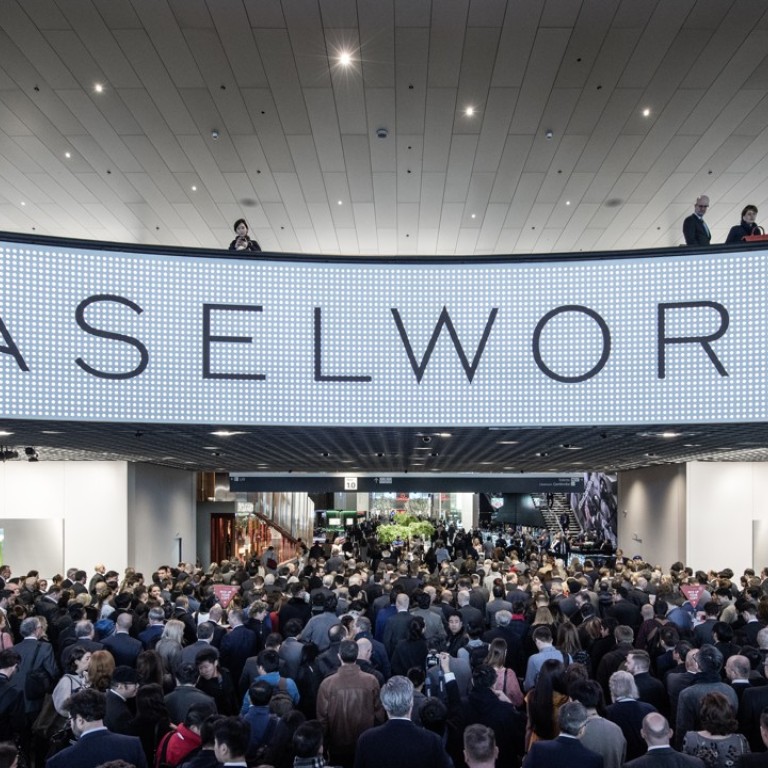Baselworld 2018 faces challenging changes – but organisers remain positive

The withdrawal of exhibitors and the smaller size of the venue are two major changes
The number of exhibitors will range from 600 to 700 – a decrease from previous years. Previous years had seen a much larger number, one that was closer to 1,500. The number of days, too, will be cut short from eight to just six days.
A post shared by Style_SCMP (@style_scmp) on Nov 8, 2017 at 2:13am PST
Bremont, too, a regular exhibitor, left. Instead of joining a fair, it invited journalists to a private viewing in London.

Most of the complaints that swirled around earlier this year among exhibitors was the high cost of showing at Baselworld. According to Forbes, however, the price for exhibitors to showcase will be slashed by 10 per cent.
Forbes also notes that the physical space of the fair will also be reduced: Hall 1.2, 4 and 5 will no longer be used, while only half of Hall 2 will be occupied.